On January 6th of 2020, the Federal Motor Carrier Safety Administration’s (FMCSA) Drug and Alcohol Clearinghouse became a required part of an interstate carrier’s drug and alcohol compliance program. For American companies, this applies to all individuals holding a CDL (commercial driver’s license) operating commercial vehicles on public roads. For Canadian companies, this applies to all individuals operating National Safety Code vehicles in the USA.
More specific information about a motor carrier’s drug and alcohol compliance requirements for the USA can be found in the Code of Federal Regulations 49 CFR Part 382, Controlled Substances and Alcohol Use and Testing. For the purposes of this article and to keep things simple, if you are a Canadian carrier that operates in the USA and has a drug and alcohol testing program, the Clearinghouse applies to you.
In this article, I will talk about why the Clearinghouse came into existence and how you must comply as a carrier and a driver. My intent is to give an overview of how Canadians can manage their compliance obligations and come to see the FMCSA Clearinghouse as a useful tool as opposed to as another headache. I will include references to the appropriate American legislation so that you can find the specific information that applies to your operation.
FMCSA Clearinghouse: Background
The Clearinghouse is an online database that records the drug and alcohol program violations of commercial drivers. Those with authorised access to this database can obtain real-time information related to violations of the drug and alcohol program for commercial drivers.
When hiring a new driver, carriers that are regulated by the FMCSA must contact the previous USA Department of Transportation (DOT)-regulated employers of the driver over the past 3 years for information related to the driver’s performance under the drug and alcohol rules (49 CFR Part 382, Subpart D 382.413). This involves reaching out to the driver’s previous employers and hoping that they provide the necessary information.
The problems with the above system of reaching out to previous employers are that a previous employer may not respond, they may not have properly recorded information, and the prospective new driver may not have even listed all of their previous employers. This can also be a time-consuming process as a carrier plays telephone tag with other carriers.
The Clearinghouse intends to solve these problems by recording all of the information for a driver in a single online location. Violations are reported to the Clearinghouse by employers and Medical Review Officers (MROs), at which point the information is available to future employers regardless of whether or not the driver discloses their previous work experience.
Take it from me: it is much faster to search for a driver’s information through the Clearinghouse than it is to obtain it from different employers, especially if the prospective hire has held many different DOT-regulated jobs over the past 3 years. And as of January 6, 2023 (the 3-year anniversary of the Clearinghouse’s mandatory implementation), carriers will only need to check the Clearinghouse for previous drug and alcohol program violations for new hires and will not have to reach out to previous employers directly for this information. Employers will still need to reach out to previous DOT-regulated employers from the past 3 years for information about the new driver’s safety performance history (49 CFR Part 391 Subpart C, 391.23), though, so reference checks still need to happen.
Employer’s Clearinghouse Obligations
Every new change to safety and compliance that comes with new employer obligations is intimidating; at least that’s my experience. Sometimes it feels like the changes happen faster than I can keep up. I felt this way when the Clearinghouse first became mandatory to use, but what I found is that managing a Canadian carrier’s obligations under the Clearinghouse is fairly straightforward.
The trickiest part is getting set up in the Clearinghouse and setting up your third-party administrator if you plan on using a service provider to handle some of your Clearinghouse tasks. A service provider cannot do everything for you, though, as the carrier must still have a Clearinghouse account and purchase their own queries.
Once the account is set up, here is what the carrier must do:
- Purchase queries through the Clearinghouse (each query, or search of a driver’s information, costs money and only you, not your service provider, can buy these through the Clearinghouse).
- Obtain written consent from all of your drivers so you may conduct limited queries.
- Conduct annual limited queries of all of your drivers.
- Conduct a full query for all new hires before they perform safety-sensitive (ie. – driving) tasks.
- Keep records of all of your queries.
I suggest that you visit the Clearinghouse’s website; there is a lot of great information to answer your questions in greater detail than I will provide here. Additionally, if you decide to use a service provider, they should be able to help you with all of the above steps even if they cannot physically do everything for you.
If drivers incur violations over the course of employment or are going through the return-to-duty steps for previous violations, there are additional steps and complexities.
Queries: Limited and Full
Before I move on to the next section, I will explain what queries are.
A query in the Clearinghouse is a search of a driver’s name/license number in the system for information about possible previous drug and alcohol violations. In order to run a query yourself or have your service provider run a query for you, you need to have pre-purchased queries. This can be done through the Clearinghouse with a credit card.
There are two kinds of queries: limited and full. A limited query shows if a driver has any information about drug and alcohol violations in their record, but does not show you if the violation is resolved or unresolved. Basically, you only see if they are approved for driving or if more information is required. A drive must give their consent for a carrier to do a limited query, and this can be done with a written form outside of the Clearinghouse.
A full query gives details for a driver including if they have violations on their record and if they have completed the return-to-duty steps for any violations. Just because a driver has information in the Clearinghouse does not mean they cannot drive, but a full query is required to see all of the details. A driver will need to have created their own account to provide a carrier with consent to run a full query; written consent outside of the Clearinghouse is not enough.
Commercial Driver’s Clearinghouse Obligations
For a driver (not an owner-operator with their own USDOT number), the Clearinghouse is of little concern. If a driver is employed with a carrier before January 6, 2020, and is still with this carrier, they do not need to create an account and only have to provide their written consent for the carrier to conduct limited queries.
If a driver is hired by a DOT-regulated carrier after January 6, 2020, they will have to create a Clearinghouse account because their new employer is required to complete a full query which will require the driver to provide their consent through their own Clearinghouse account. If a driver wants to check their information in the Clearinghouse, they will also need to register. There is no cost for a driver to create an account and check it.
Summary
The FMCSA’s Drug and Alcohol Clearinghouse offers all carriers with USDOT-regulated operations a simpler way to manage driver drug and alcohol compliance. Yes, the Clearinghouse represents a new set of tasks for a carrier to manage. However, it is also intended to eventually simplify a carrier’s pre-hire drug and alcohol checks while offering a more robust way to track driver violations.
I hope this article has made the Clearinghouse seem more approachable and less daunting instead of adding to the confusion surrounding it. I was pleasantly surprised with the ease of establishing and managing a medium-sized carrier’s Clearinghouse system, so whether you want to set up your own system or use a service provider, compliance is attainable.





Comments are closed